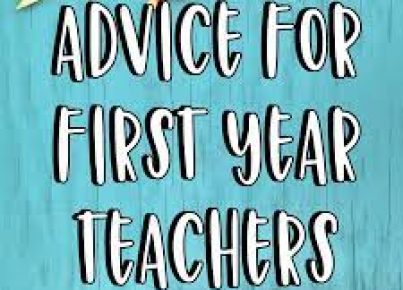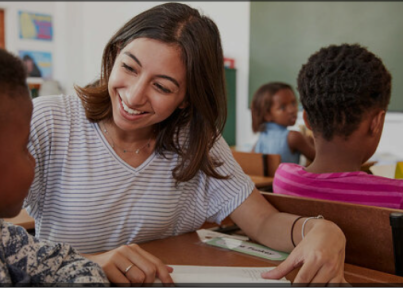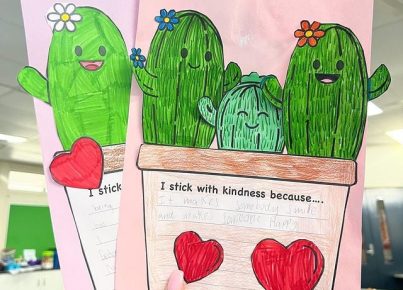It’s no secret that relationship-building is a key component of effective teaching. Getting to know your students not only increases trust and engagement, but it also helps you differentiate instruction and personalize learning.
The more a teacher knows about a student’s background, strengths, knowledge, and learning style, the better he or she can target instruction toward the child’s learning needs. In fact, studies show that knowledge of individual students does have a measurable positive impact on achievement.
But with so many students in your classroom, how can you get to know each of them on an individual level?
You may want to try creating learner profiles!
What Is a Learner Profile?
A learner profile is a document, project, or even conversation that helps teachers learn more about their students.
Learner profiles may include information such as:
- Skills, strengths, and interests
- Aspirations and passions
- Likes and dislikes
- Life experiences
- How the student likes to learn
- Struggles or potential barriers to learning
- Anything else the student or teacher deems important
Teachers can use learner profiles to build effective relationships, develop an inclusive classroom, and understand what technology, differentiations, or adaptations may be needed for individual students.
How Do I Create Learner Profiles?
The easiest and most effective way to generate learner profiles is to have the students create their own. Student-created learner profiles can take the shape of a PowerPoint presentation, video, letter, infographic, poem, and so on. These profiles can incorporate both words and visuals that describe the student.
In keeping with the overall purpose of the profile, you may provide students with a variety of choices. Give students a list of questions, then explain that they can respond to the questions using a variety of tools, including:
- PowerPoint
- Google Slides
- Prezi
- Piktochart (allows students to create infographics)
- Windows Movie Maker
- Another tool of their choice, if approved by you
The format each student chooses will give you even more information about their learning style and preferences.
If, on the other hand, you want to easily compile this information, you may prefer to assign your students a survey using tools such as Google Forms or Survey Monkey.
Google Forms collects responses in a spreadsheet and allows you to view individual responses, and with Survey Monkey you can create custom charts, see a summary view of your data, and browse individual responses.
Now What?
However you decide to collect learner profiles, you can now use this information to inform your instruction.
Consider your students’ strengths, weaknesses, and learning styles when creating lessons, planning for accommodations, and even grouping students strategically.
Your knowledge of your students will enhance their learning and boost achievement!




